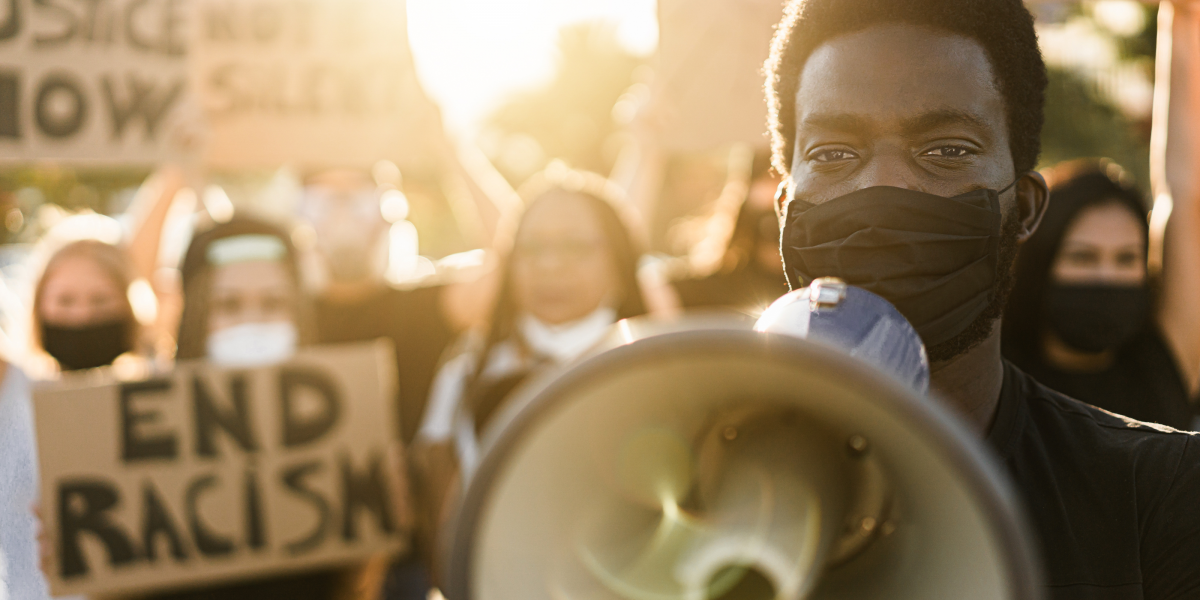A Reckoning With Johns Hopkins’ History
Vice Dean Keshia M. Pollack Porter grapples with the University’s newly discovered ties to slavery and envisions a path forward.
On December 9, 2020, Johns Hopkins University announced that its namesake and founder owned slaves during the 1840s and 1850s. This revelation upended our institution’s longstanding narrative that Johns Hopkins was an avowed abolitionist, a progressive stance for a man of his era and wealth.
As troubling as the news is, it’s not surprising, given the legacy of entrenched racism in Baltimore.
While this discovery is forcing our institution to face some hard truths about its complex history, the information is painful to me on a personal level. Except for a year that I spent in New Jersey as a postdoctoral fellow, Johns Hopkins University has been a fulfilling educational and professional home to me since 2002, first as a student, then as a faculty member, and now as a vice dean.
It is critical that the University, like so many other academic institutions, acknowledge the painful realities of its history. As difficult as that may be, a thorough inquiry into our founder as a slaveowner is necessary to create meaningful change built on truth and transparency.
Whether we admit it or not, the legacy of slavery is foundational to the relationship between Black and white Americans, and prominent in the historical trajectory of Baltimore.
The glaring inequities we see today in the city’s health outcomes by race and ethnicity can be traced to structural racism rooted in public and institutional policies that denied Black and brown people access to wealth, education, jobs, homes, and transportation—policies that reflected decision makers' deeply held beliefs in white supremacy. Racism prevents these communities—people who look like me—from being as healthy as possible by restricting opportunity and assigning worth based on how we look.
As we prepare to celebrate the legacy of Dr. Martin Luther King Jr., I cannot help but think about Georgia’s January 5 runoff election and the hope that it gives me for the future.
Rev. Raphael Warnock was elected the first Black senator to represent Georgia, and is from the same town that in 1859 held the largest single sale of enslaved people in the U.S.
While Rev. Warnock’s historic victory signals hope and progress, the attack on the U.S. Capitol by violent extremists waving confederate flags the next day reflects how far we still need to go to achieve Dr. King’s vision of a “day when people will not be judged by the color of their skin, but by the content of their character.”
Here in Baltimore and in our own Johns Hopkins community, what can we do to move closer to Dr. King’s dream of racial equality?
I believe that the University has an opportunity—and an obligation—to increase its efforts to uplift economically deprived communities that surround its campuses. Economic investments that promote equity and opportunity can go a long way to making a real difference toward improving the health and lives of people who live in Baltimore and work at the institution.
This is a chance to allocate resources that support home ownership, affordable housing, quality education, and transportation equity—tangible investments that can help to dismantle structural racism outside the walls of the School, while we work on addressing institutional racism within.
At this pivotal moment, with an unwavering commitment to anti-racism, we can achieve racial equity.
